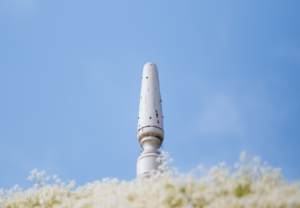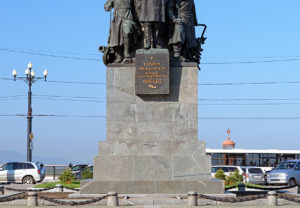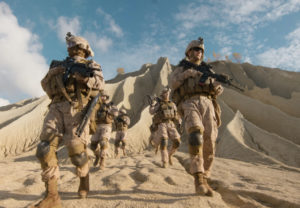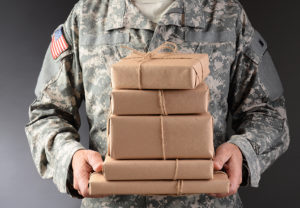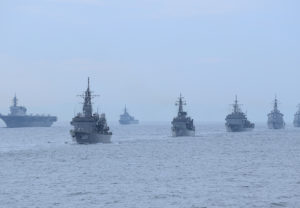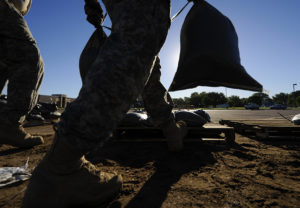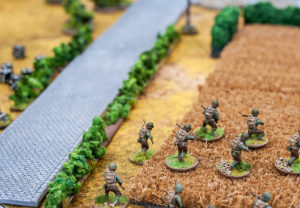For direct online access to VA benefits and resources, create an account here.
In the early 1990s, nearly 700,000 United States service members were deployed during the Gulf War in the early 1990s, participating in either Operation Desert Storm or Operation Desert Shield (over 2 million were active).
If you’re a veteran who served during this time, you may be at risk for certain health conditions, and could receive care and/or compensation (payments) to help combat these issues, and help you lead a healthy, happy life.
Below is a list of the conditions, diseases and illnesses that, if claimed and/or diagnosed, can make a Gulf War veteran eligible to receive benefits. If you’re unsure, or would like to consult your physician before applying, you can securely message your medical team by going here.
You may also file a disability claim by going here (once filed you may track the claim or check its status by clicking here).
Health Issues Caused By Toxic Chemicals, Hazardous Materials
– Sand, dust, particulates
– Depleted uranium
– Oil well fires
– Chemical and biological weapons
– Chemical Agent Resistant Coating (CARC) paint
– Pesticides
Injuries Caused By …
– Extreme heat
– Toxic embedded fragments
– Noise
– Infectious diseases
– Occupational hazards
Side Effects Of …
– Vaccinations
– Pyridostigmine bromide (PB)
For more information on all of these conditions, as well as centers, programs and fact sheets for depleted uranium exposure, toxic embedded fragments, burn pit exposures and Gulf War illness, click here.
To contact your local Department of Veterans Affairs (VA) environmental health coordinator, click here.
To learn about the Gulf War Registry, the Ionizing Radiation Registry as well as the Open Burn Pit Registry, click here.


